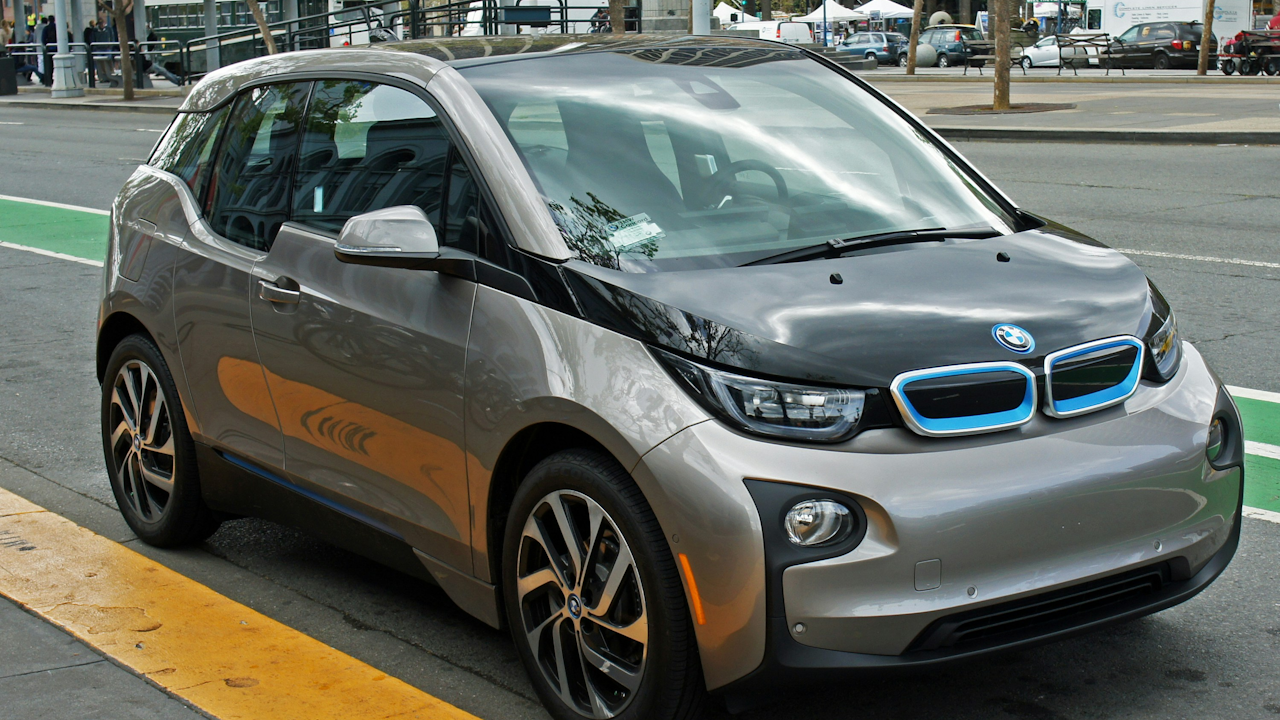Urban mobility is undergoing a transformation. Cities across the globe are facing growing concerns about congestion, pollution, and the high costs of private vehicle ownership. At the same time, technological advancements and shifting consumer preferences are creating new models of transportation. One of the most significant of these developments is the rise of car-sharing apps. These platforms, which allow people to access vehicles for short periods without the responsibilities of ownership, are increasingly being viewed as part of the solution to the challenges of modern urban transport. The question is whether they represent the future of urban mobility or simply one step along the way.
The Rise of Car-Sharing
Car-sharing has existed in some form since the mid-20th century, but it is the advent of smartphone technology that truly revolutionized the idea. Apps like Zipcar, Share Now, Turo, and Getaround made it simple for users to locate, book, and unlock cars in minutes. What once required paperwork, long-term memberships, and planning could now be accomplished in a few taps on a screen. This accessibility has helped car-sharing expand rapidly, particularly in dense cities where owning a private car is both expensive and impractical.
The business models vary. Some companies maintain their own fleets that are parked throughout urban areas. Others focus on peer-to-peer sharing, where individuals rent out their own cars to others. In both cases, users gain temporary access to a vehicle when they need one, without having to pay for insurance, parking, or maintenance over the long term.
Economic and Environmental Benefits
For many city dwellers, the financial logic of car-sharing is compelling. The average cost of owning a car, including loan payments, insurance, fuel, repairs, and parking, can easily reach thousands of dollars per year. For people who only occasionally need a vehicle, those costs rarely make sense. Car-sharing provides flexibility and convenience at a fraction of the price.
Environmental benefits are also central to the case for car-sharing. Studies have shown that access to shared vehicles often reduces the number of private cars on the road. When people can rely on a car-sharing app for occasional needs, they are more likely to use public transit, cycling, or walking for daily travel. Fewer cars mean lower greenhouse gas emissions, reduced demand for parking, and less traffic congestion. Some providers are even integrating electric vehicles into their fleets, aligning with cities’ sustainability goals.
Changing Consumer Attitudes
The growth of car-sharing reflects broader cultural shifts around ownership. In many parts of the world, younger generations are less attached to the idea of owning a car. Urban residents increasingly value flexibility, convenience, and affordability over long-term commitments. Just as streaming services replaced DVD collections and coworking spaces challenged traditional offices, car-sharing is part of the movement toward access over ownership.
At the same time, the pandemic accelerated interest in flexible mobility. While public transport usage fell in many cities, people sought safer, more private alternatives without turning to full car ownership. Car-sharing filled that gap for many, especially as remote work made daily commuting less common but occasional trips still necessary.
Obstacles and Challenges
Despite its potential, car-sharing faces challenges. Profitability has been difficult for some companies. Maintaining a large fleet, handling logistics, and competing with both ride-hailing apps and traditional rentals can strain business models. Several high-profile operators have scaled back or exited certain markets after struggling to generate consistent returns.
Regulation is another factor. Cities must balance the benefits of shared mobility with concerns about traffic management, parking space, and insurance rules. Peer-to-peer car-sharing in particular raises questions about liability and safety. Without clear regulatory frameworks, some services have struggled to scale.
Consumer adoption also depends on reliability. For car-sharing to replace private ownership, users must be confident that a vehicle will be available when needed. Gaps in coverage or poorly maintained cars can erode trust quickly. Building strong networks of vehicles in diverse locations is essential for long-term success.
Integration with Broader Mobility Systems
The future of car-sharing likely lies in integration with other forms of transportation. Cities are experimenting with “mobility as a service” platforms that combine car-sharing, bike-sharing, ride-hailing, and public transit into unified apps. With one subscription or payment system, users could plan and pay for multi-modal journeys seamlessly.
Car-sharing fits naturally into this vision. Imagine a commuter taking a train into the city, then using a shared car for the final leg to a meeting. Or a family using public transit for daily commutes but booking a shared vehicle for weekend trips. By positioning car-sharing as a flexible supplement rather than a replacement for all travel, companies can align themselves with the broader goals of sustainable mobility.
Looking Ahead
Whether car-sharing apps represent the future of urban mobility depends on how cities, companies, and consumers adapt. The potential benefits are clear: fewer private cars, more efficient use of vehicles, lower costs for individuals, and environmental gains. Yet realizing that potential will require innovation, supportive policies, and widespread cultural acceptance.
One promising direction is the adoption of electric and autonomous vehicles in shared fleets. Electric cars reduce emissions and operating costs, while autonomous vehicles could eventually make car-sharing even more convenient by delivering themselves to users. Though these technologies are still developing, they point toward a future where shared cars are cleaner, smarter, and more accessible.
Conclusion
Car-sharing apps are more than a passing trend. They represent a fundamental shift in how people think about mobility and access to transportation. While challenges remain, the concept is already reshaping urban travel patterns and influencing how cities plan for the future. As technology evolves and consumer preferences continue to shift toward flexibility and sustainability, car-sharing will likely remain a vital piece of the urban mobility puzzle. Whether it becomes the dominant mode of transport or remains one of many options, its role in shaping the future of cities is undeniable.

